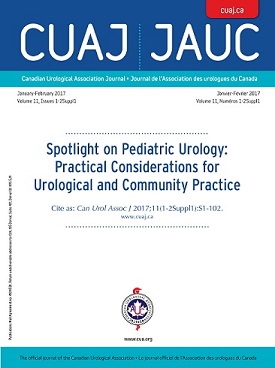
“The endocannabinoid system encompassing cannabinoid receptors, endogenous receptor ligands (endocannabinoids), as well as enzymes conferring the synthesis and degradation of endocannabinoids has emerged as a considerable target for pharmacotherapeutical approaches of numerous diseases. Besides palliative effects of cannabinoids used in cancer treatment, phytocannabinoids, synthetic agonists, as well as substances that increase endogenous endocannabinoid levels have gained interest as potential agents for systemic cancer treatment. Accordingly, cannabinoid compounds have been reported to inhibit tumor growth and spreading in numerous rodent models. The underlying mechanisms include induction of apoptosis, autophagy, and cell cycle arrest in tumor cells as well as inhibition of tumor cell invasion and angiogenic features of endothelial cells. In addition, cannabinoids have been shown to suppress epithelial-to-mesenchymal transition, to enhance tumor immune surveillance, and to support chemotherapeutics’ effects on drug-resistant cancer cells. However, unwanted side effects include psychoactivity and possibly pathogenic effects on liver health. Other cannabinoids such as the nonpsychoactive cannabidiol exert a comparatively good safety profile while exhibiting considerable anticancer properties. So far experience with anticarcinogenic effects of cannabinoids is confined to in vitro studies and animal models. Although a bench-to-bedside conversion remains to be established, the current knowledge suggests cannabinoid compounds to serve as a group of drugs that may offer significant advantages for patients suffering from cancer diseases. The present review summarizes the role of the endocannabinoid system and cannabinoid compounds in tumor progression.”
https://www.ncbi.nlm.nih.gov/pubmed/28826542
http://www.sciencedirect.com/science/article/pii/S105435891730039X?via%3Dihub







